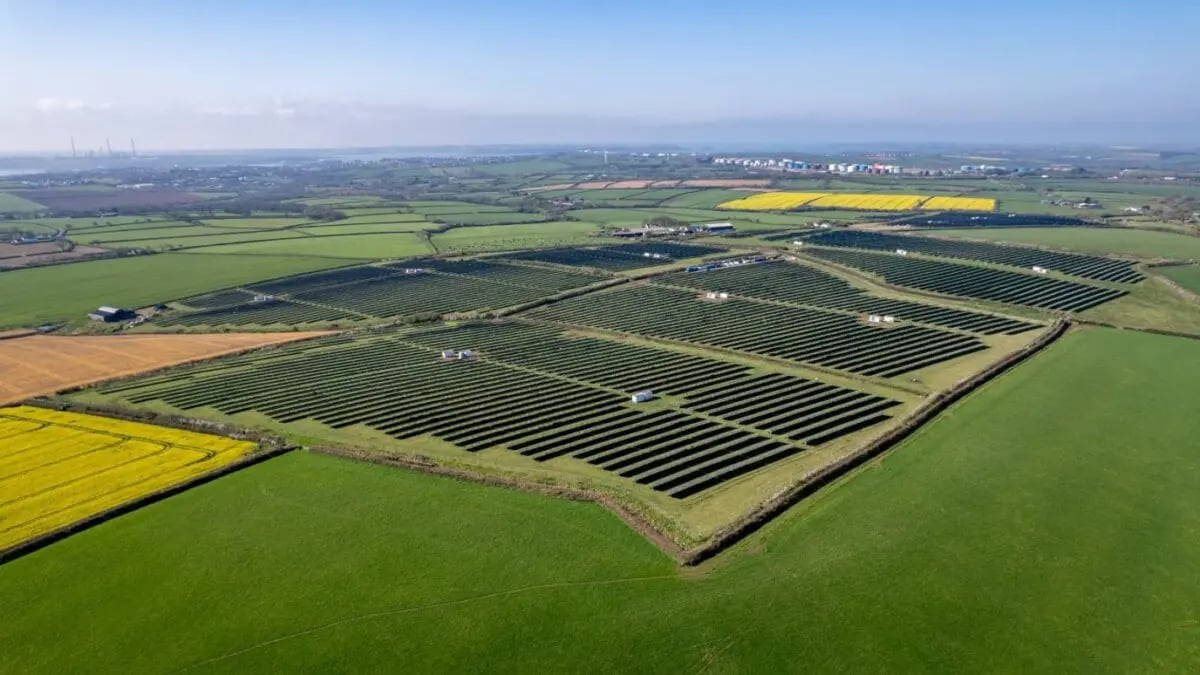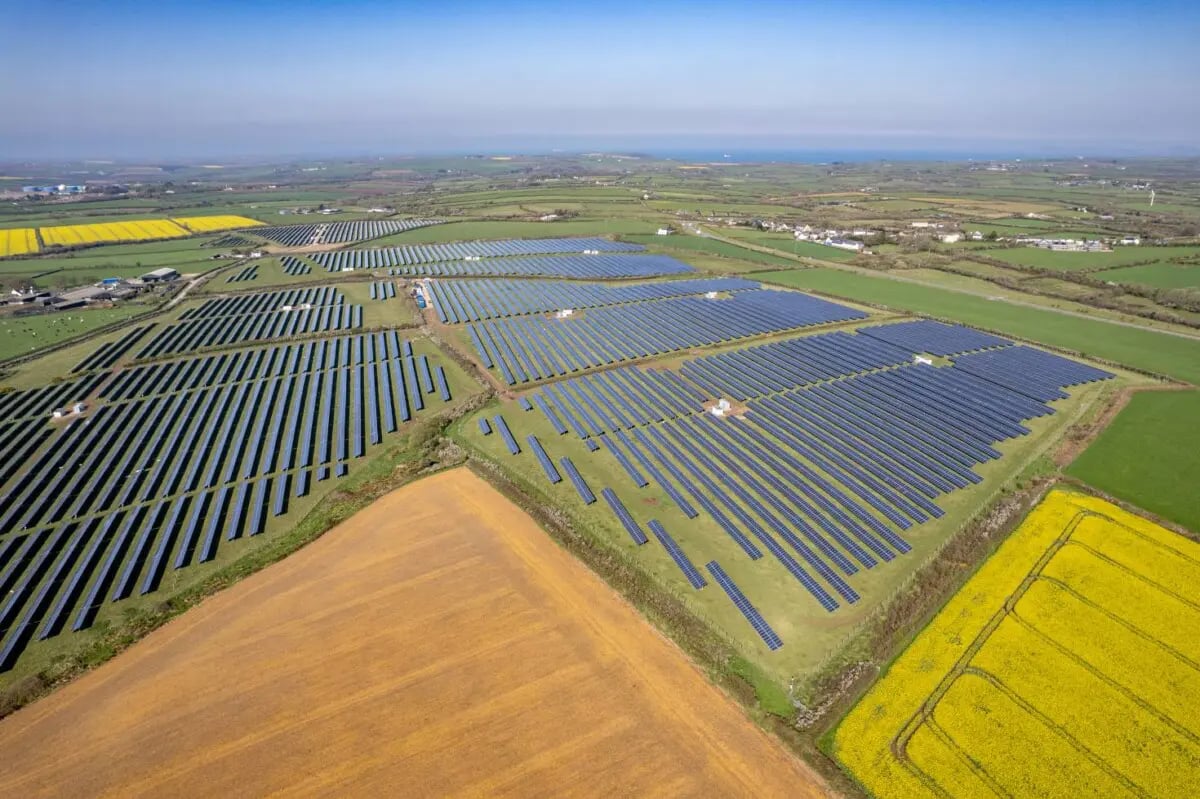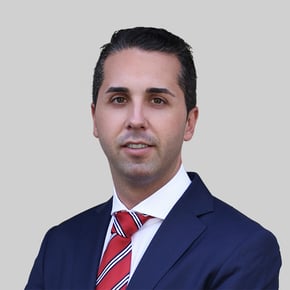With European countries like Spain and Italy currently enjoying a second solar boom, it can be tempting for investors to focus on development and construction. While undoubtedly important, this strategy ignores the 259.99GW of existing solar assets across Europe, many of which are entering the last stage of their lifespan. These are beginning to experience technical problems (or simply declining efficiency) due to age. This presents a dilemma for owners – whether to patch up problems as they occur or implement a revamping strategy now, safeguarding peak performance over the long term.
With a larger initial outlay, the “make do and mend” approach might seem preferable to a full revamp, but the false economy of such an approach soon becomes clear. No matter how proactive maintenance crews can be, ageing plants face mounting operational problems, lower productivity and falling revenue, due to degraded components failing more frequently, and the growing expense associated with constant repairs. What’s more, sourcing components for obsolete equipment can become a nightmare, as it gets increasingly difficult to find suppliers stocking parts for equipment that is no longer being made.
Although owners can keep kicking the can down the road for a while, ultimately solar projects of a certain age will require revamping or repowering to bring their technology up to scratch and enable portfolios to stay optimally productive for the whole of their working lifecycle.
Second life for your aged assets: a brief guide to revamping
Revamping vs repowering: what’s the difference?
When considering the pros and cons of upgrading a current portfolio, you will see services related to both revamping and repowering solar facilities. No need for confusion, though! Both processes are forms of upgrading and future proofing and frequently complement each other, although there are clear differences.
In simple terms, revamping is the process of replacing defective, degraded, or under-performing components. As well as parts wearing out, they can also require replacement if they don’t meet original specifications or expectations, or because they are no longer protected by manufacturers' warranties. Tracking down out-of-warranty spare components is time-consuming and expensive – if it is even possible. A revamped solar plant is a renewed plant, brought up to date with the latest technology. PV components available today are far more efficient than those of 10-20 years ago.
Speaking about the main advantages of revamping, we can mention the following:
- Lower O&M costs through increased efficiency and reliability
- Area savings of up to 40% while maintaining the same Total Installed Capacity (TIC)
- Double-digit increases in yield and performance ratio
- Between 30% and 50% more efficient use of land
Repowering takes the next step. It involves remodelling the plant itself, with the aim of increasing system capacity within the original site limits. This can be achieved through a more efficient space-generator ratio, or by implementing next-generation technology, such as the latest battery storage systems. The main advantages of repowering are:
- Extending the operational lifetime of older plants
- Greater power output for the same site area
- Increased and optimised revenues
Revamping process: how does it work?
Revamping and repowering projects are complex undertakings, requiring work in many different areas. By their nature, solar PV sites can vary greatly within even a single portfolio, due to the different types of local geography, climate, available land, and terrain – not to mention the various legal and regulatory frameworks to be found in regional jurisdictions. This makes every revamping project unique, since these variables combine with the differing financial conditions of each portfolio and a client’s own needs. Such a challenging set of variables means that revamping is best approached as a bespoke service.
A good solar consultancy is aware of this and prepares for every eventuality. For example, Quintas Advisory has a comprehensive range of technical support services available. These represent the fundamental elements of a revamping project and are designed to complement each other when applicable, but also to function equally well independently. The various services on offer should reflect the four stages of a revamping project: planning, permitting, negotiating third party contracts, and the construction process itself. These break down as follows:
1. Initial project analysis and recommendations
At the start of a revamping project, experts devise a technical blueprint, which involves analysing the installation’s historical performance and carrying out a full technical, planning, and financial assessment. Where necessary, engineers will visit the site itself. Their conclusions help form a comprehensive Revamping Report, which we produce and share with the client to ensure that all revamping decisions are made in the context of experienced technical, legal, and financial guidance.

Tiers Cross PV Plant
2. Authorisation support
The authorisation process for revamping PV plants can be intimidating and confusing, requiring various approvals from national authorities and regulatory bodies. There are many regional rules and procedures to follow, depending on a plant’s size and capacity. Unless the correct timeline is followed and the correct authorisations received, unnecessary delays, complications and costs can arise. Procuring the services of locally knowledgeable legal specialists can take the pain out of this process. Quintas’ teams in the UK, Spain, and Italy – three countries with a host of complex regulatory regimes – are an excellent example of this, offering expert guidance and avoiding pitfalls along the way.
3. Contract negotiation support
With most projects of this type, there are so many outside contractors involved it is important to know that the most suitable engineering procurement & construction (EPC) contracting model will be chosen, and that draft documents will be prepared with precision. A good revamping team works with the client to establish a realistic budget and work schedule, seeking clear agreements on the scope of work, the division of responsibilities, as well as overseeing compliance and assisting when further negotiations are required. The Quintas team have both experience of the contract negotiation process and connections with many reliable EPC contractors throughout Europe.
4. Construction & Commissioning supervision (including Owner’s Engineering services)
During construction, the revamping team’s experts strive to ensure the highest standards. One part of this is sourcing the best quality components. Here, technical knowledge of the market is key. Regarding on-site supervision, engineering teams supervise the partial replacement, removal, or reinstallation of the components. Overseeing all of this is constant scrutiny of the site configuration with the intention of spotting new opportunities for enhancing system adjustments. At Quintas Advisory, we help guarantee that only appropriate top-quality components are chosen through our extensive database, which allows us to recommend and select the best models for the client’s chosen configuration.
Finally, our Owner’s Engineer service ensures there is an expert advocate present to supervise every aspect of construction. This makes the process of on-site management and oversight more streamlined, as the engineer represents a single point of contact for all relevant processes or issues.
Quintas Advisory team in action: one of the largest revamping projects in Europe
A good example of how our services produce spectacular results took place recently in the UK, at a solar PV plant owned by Italian eco-investment company Green Arrow Capital. The outcome was one of the biggest solar revamping projects in the EU to date. Plant operators Stern Energy highlighted the need for a future-proofing assessment of the 29MW Tiers Cross facility in Pembrokeshire, Wales, and Green Arrow engaged Quintas Advisory to look into the possibility of remodelling.

Tiers Cross PV Plant
The plant supplies enough electricity to meet the power needs of 11,000 households and offsets 16,000 tons of CO2 emissions per year, so increasing the plant’s reliability and boosting its performance was just as important as future proofing the site.
Our team carried out a feasibility study into how cost effective such a project would be, making a highly detailed technical and economic analysis of the plant. The report recommended replacing 39 existing inverters at Tiers Cross inverters with more advanced and efficient MVPS (Medium Voltage Power Station) cabins.
Ultimately, the inverters were replaced with 13 SMA MVPSS 2200SC cabins, each containing three SMA Sunny Central UP inverters. These are among the most state-of-the-art on the market, highly robust and reactive, with greatly improved cooling systems and remote operating systems.
The revamping effects were spectacular. Not only did the plant enjoy a 20% increase in productivity, but the power generation systems received a significant extension to their efficient working lives.
It was a great pleasure to support Green Arrow Capital and Stern Energy and to contribute to the success of this project.
Are you seeking to revamp your ageing solar PV portfolio to ensure peak performance? Find out how QA’s services can help you.



